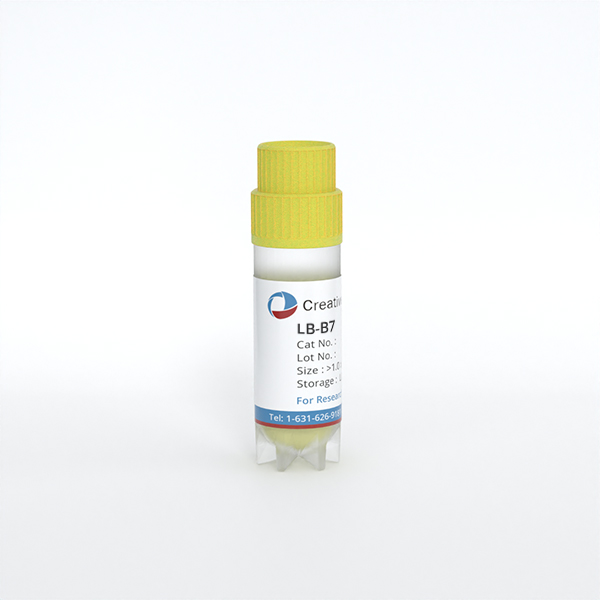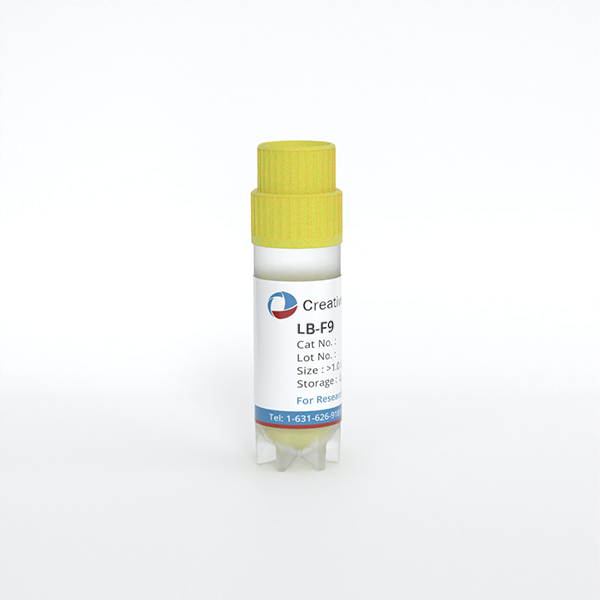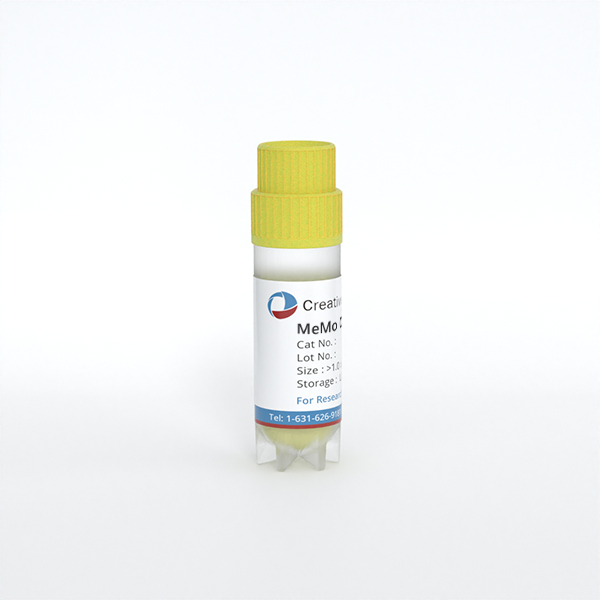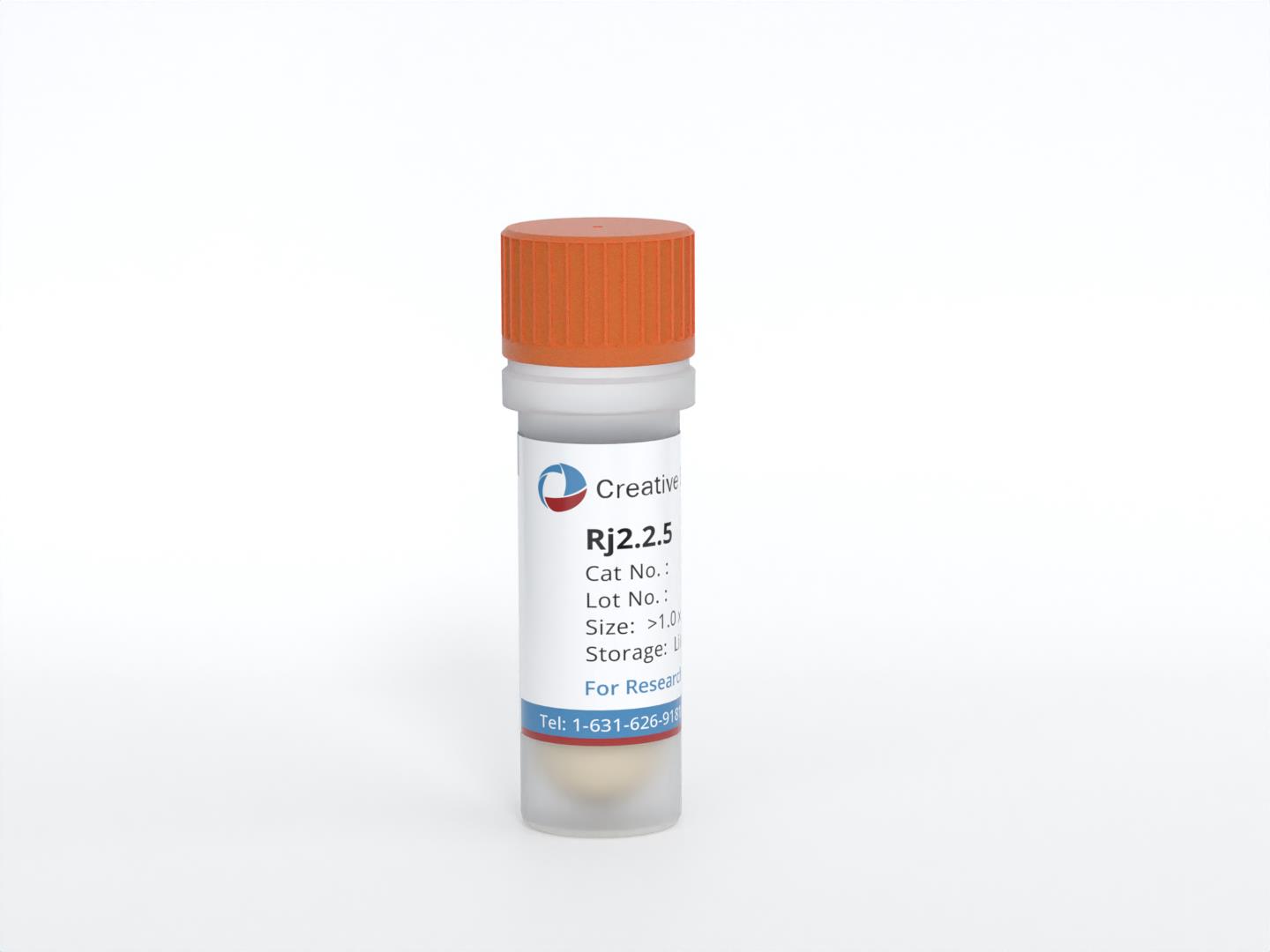Featured Products
Our Promise to You
Guaranteed product quality, expert customer support

ONLINE INQUIRY
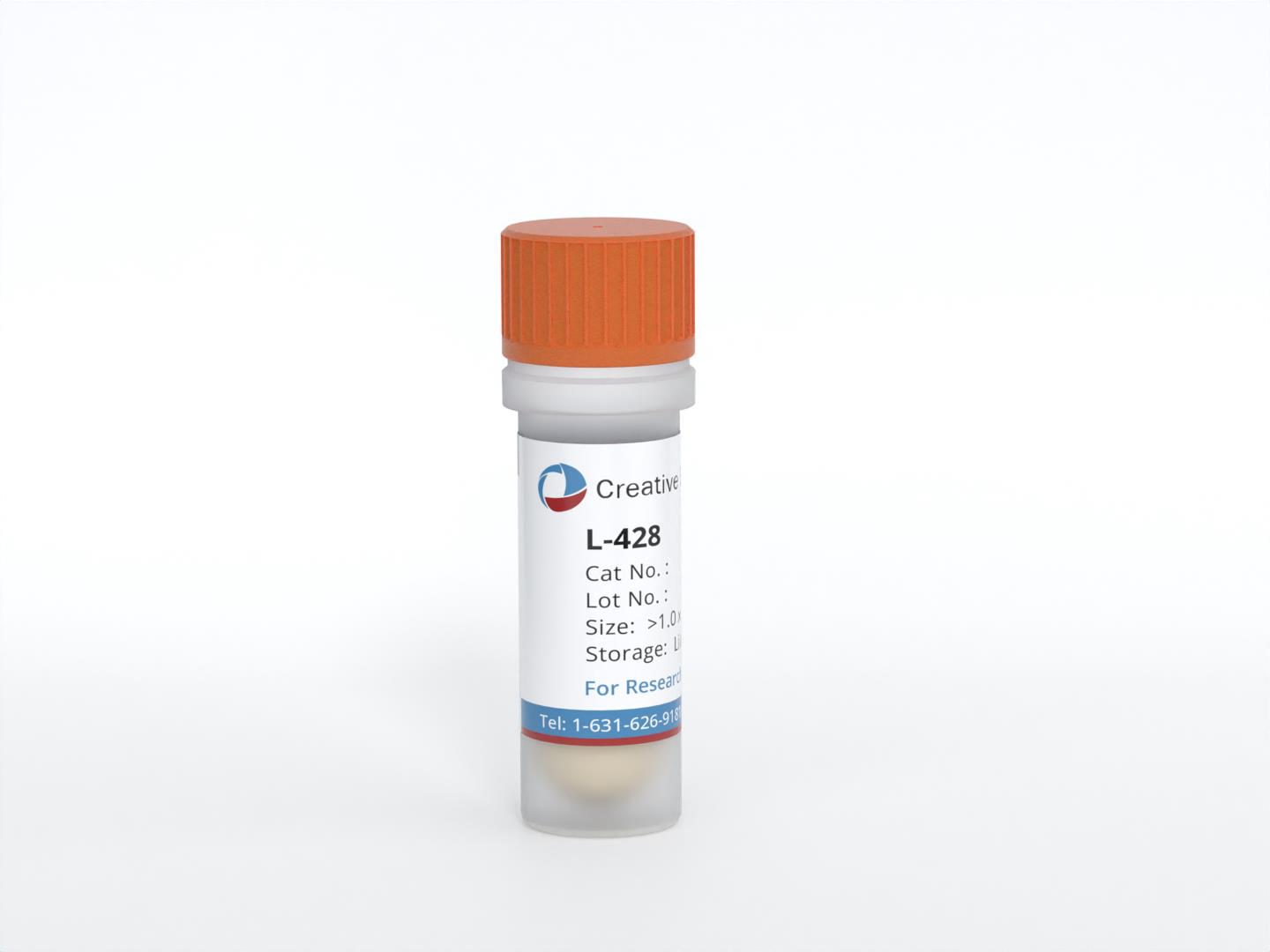
L-428
Cat.No.: CSC-C0322
Species: Human
Source: Hodgkin lymphoma
Morphology: single cells in suspension or as clusters; polymorph cells, some cells have "spikes", 1-5% giant multinucleated cells
Culture Properties: suspension
- Specification
- Background
- Scientific Data
- Publications
- Q & A
- Customer Review
- Documents
D3S1358: 14,18
D1S1656: 11
D6S1043: 11
D13S317: 14
Penta E: 10,17
D16S539: 11,12
D18S51: 14
D2S1338: 17,19
CSF1PO: 10,13
Penta D: 8,9
TH01: 7,9.3
vWA: 15
D21S11: 31.2
D7S820: 11
D5S818: 11,12
TPOX: 8,9
D8S1179: 14
D12S391: 21,22
D19S433: 13,14
FGA: 19,25
Immunology: CD2 -, CD3 -, CD13 -, CD14 -, CD15 +, CD19 -, CD25 -, CD30 +, CD34 -
Viruses: ELISA: reverse
The L-428 cell line was established from the pleural effusion (fluid accumulation in the pleural cavity) of a 37-year-old female patient with Hodgkin lymphoma (HL). The L-428 cell line represents the nodular sclerosis subtype of HL, which is one of the most common subtypes. Nodular sclerosis HL is characterized by the presence of nodules within the lymph nodes and fibrotic changes in the surrounding tissues.
L-428 cells exhibit characteristics typical of HL cells. They are large and have a characteristic multinucleated or "Reed-Sternberg-like" appearance, which is a hallmark of HL cells. These cells also express specific surface markers associated with HL, such as CD15 and CD30.
The L-428 cell line has been extensively used in research to study various aspects of HL. It serves as a valuable tool for investigating the biology, pathogenesis, and therapeutic responses of the disease. Researchers have utilized L-428 cells to explore the genetic and molecular alterations involved in HL, as well as the signaling pathways and mechanisms of drug resistance.
L428 Cells Produce E Rosette-Inhibiting Factor
The diminished rosetting capacity of T cells is a well-known phenomenon in Hodgkin's disease, and inhibitors of E rosette formation have been reported to be present in the plasma of patients with Hodgkin's disease. A comparison of our Hodgkin cell lines showed not only the highest activity in fresh L428 supernatant but also the highest durability. The effect of serial dilution of rosette inhibiting factor (RIF) activity is shown in Fig. 1. At high- or low-factor concentration, no effect on E rosetting could be detected, whereas in between, significant inhibition was observed.
The half-life of the RIF activity in crude supernatant or partially purified material in solution at 4°C or -20°C was about 3 weeks. RIF was stable over months if stored at -80°C or as a lyophilized preparation at -20°C. RIF was inactivated under mild acidic (pH 6) or alkaline (pH 8) conditions (Table 1). RIF activity of partially purified supernatant (after ion exchange chromatography) was retained when treated with neuraminidase but did not withstand trypsin incubation.
Purification of lyophilized active fractions was performed either on a hydroxylapatite column (elution of active RIF at 0.2 mol/L and between 0.4 and 0.6 mol/L phosphate concentration) or anion exchange column (elution of RIF activity at a NaCl concentration between 0.38 and 0.44 mol/L). Sequential purification by molecular sieve and anion exchange chromatography yielded pure protein, as documented by SDS-PAGE (Fig. 2) with RIF activity. Aminoacid analysis of the 12.5-Kd and 50-Kd protein bands gave identical results.
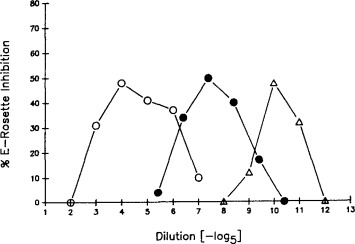 Fig. 1 Dose-response relationship of RIF activity. (Katay I, et al., 1990)
Fig. 1 Dose-response relationship of RIF activity. (Katay I, et al., 1990)
Table 1. Chemical properties of RIF. (Katay I, et al., 1990)
| Molecular sieve | Active fractions at 100, 50, 25, and 12.5 Kd |
| Ion exchange | Elution with 0.38 to 0.44 mol/L NaCl |
| Hydroxylapatite | Elution at 0.2 and 0.4 to 0.6 mol/L Na3PO4 |
| Chromatofocusing | pH 7.8-8.1 |
| Temperature stability | Stabile: + 56°C (30 minutes); Labile: + 100°C (1 minutes) |
| Storage | Stabile: -20°C(lyophilized), -80 °C (solution); Labile: +4°C (solution), -20°C (solution) |
| Enzyme treatment | Stabile: Neuraminidase; Labile: Trypsin |
 Fig. 2 SDS-PAGE. (Katay I, et al., 1990)
Fig. 2 SDS-PAGE. (Katay I, et al., 1990)
Melittin Increases Cisplatin Sensitivity and Kills L-428 Cells
HL is a neoplasia with high cure rates. Melittin (MEL) is a pore-forming peptide from bee venom. Anti-cancer activities of MEL have been proposed 50 years ago. At the same time, MEL has been described as a putative tumor promoter with similar effects as phorbol esters.
KM-H2 or L-428 cells were co-cultured with normal peripheral blood mononuclear cells (PBMC) in the presence of different concentrations of MEL. As shown in Fig. 3, the percentage of living tumor cells decreased with increasing MEL concentrations. L-428 cells were pre-incubated with a low concentration of MEL and tested sensitivity for cisplatin. As shown in Fig. 4, MEL pre-treated L-428 cells showed significantly enhanced sensitivity for cisplatin. In KM-H2 cells, which have a higher basal sensitivity for cisplatin, only marginal effects were observed (Fig. 4). No increased Rh123 efflux in L-428 cells after treatment with MEL (Fig. 5), suggesting that ABCB1 transporter activity plays no major role in the drug sensitivity of these cells.
 Fig. 3 Toxicity of MEL for HL cell lines KM-H2 and L-428. (Kreinest T, et al., 2020)
Fig. 3 Toxicity of MEL for HL cell lines KM-H2 and L-428. (Kreinest T, et al., 2020)
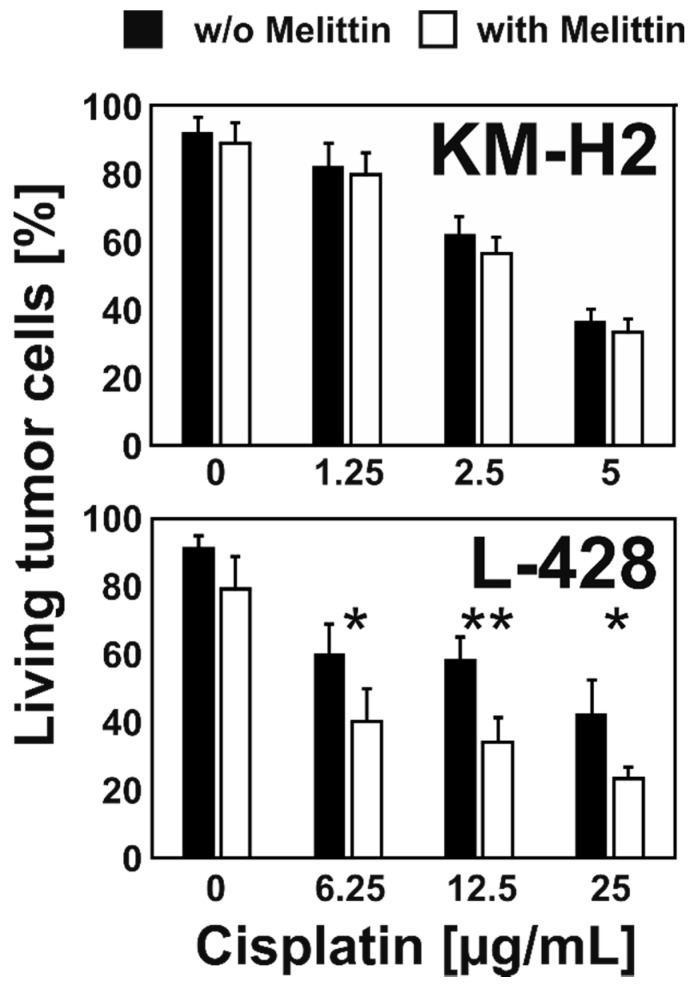 Fig. 4 MEL increases cisplatin sensitivity of resistant L-428 cells. (Kreinest T, et al., 2020)
Fig. 4 MEL increases cisplatin sensitivity of resistant L-428 cells. (Kreinest T, et al., 2020)
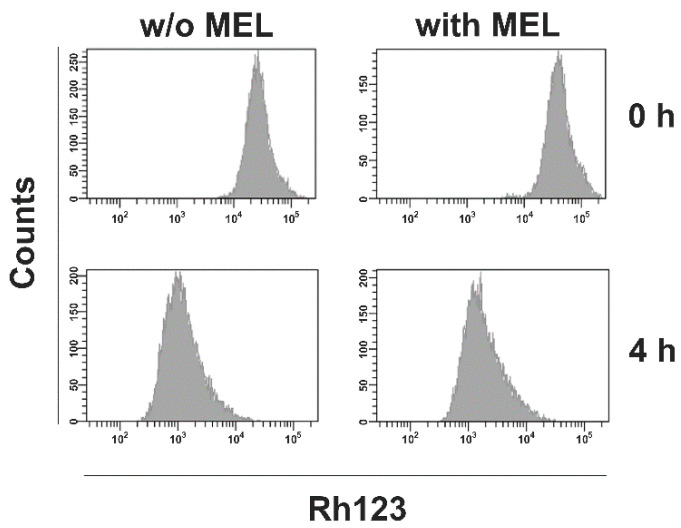 Fig. 5 MEL has no effect on ABC transporter activity in L-428 cells. (Kreinest T, et al., 2020)
Fig. 5 MEL has no effect on ABC transporter activity in L-428 cells. (Kreinest T, et al., 2020)
A simple-to-use fluorescent stain, 4',6-diamidino-2-phenylindole (DAPI), visualizes nuclear DNA in both living and fixed cells. DAPI staining was used to determine the number of nuclei and to assess gross cell morphology.
The L-428 cell line was established from the pleural effusion of a 37-year-old woman diagnosed with Hodgkin lymphoma (stage IVB, nodular sclerosis, refractory, terminal) in 1978.
L-428 cells serve as a relevant model for studying advanced stage and refractory nodular sclerosis Hodgkin lymphoma, providing insights into the disease's characteristics and potential therapeutic approaches for terminal cases.
Investigating the genetic and molecular features of L-428 cells enables advancements in understanding the pathophysiology of refractory and terminal nodular sclerosisHodgkin lymphoma, including the identification of potential biomarkers and therapeutic targets for overcoming treatment resistance.
Ask a Question
Average Rating: 5.0 | 3 Scientist has reviewed this product
Adequate documentation
Creative Bioarray provides adequate documentation and reference material to support the use of this product in experiments.
14 Sep 2022
Ease of use
After sales services
Value for money
Reliable outcomes
The quality and consistency of the L-428 cells from Creative Bioarray have significantly enhanced our research outcomes.
23 Feb 2024
Ease of use
After sales services
Value for money
Satisfied
We are pleased with the quality of the L-428 cells and the support provided by Creative Bioarray for our research endeavors.
12 Oct 2023
Ease of use
After sales services
Value for money
Write your own review
- You May Also Need


